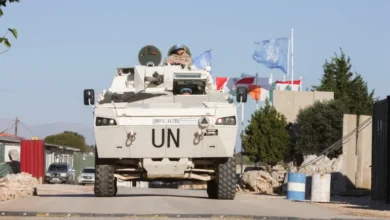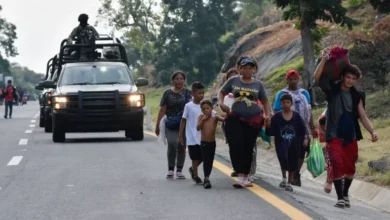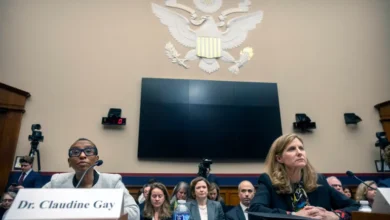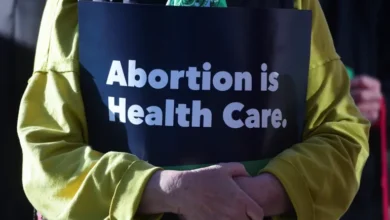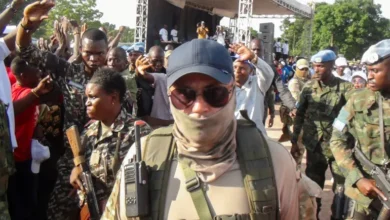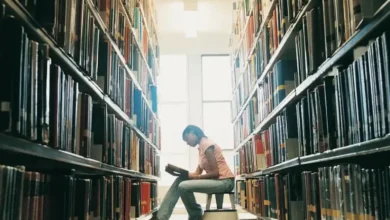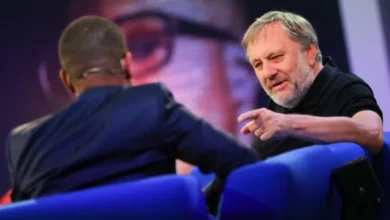Panama’s doomsday warning is not about holiday shopping
Belén Fernández
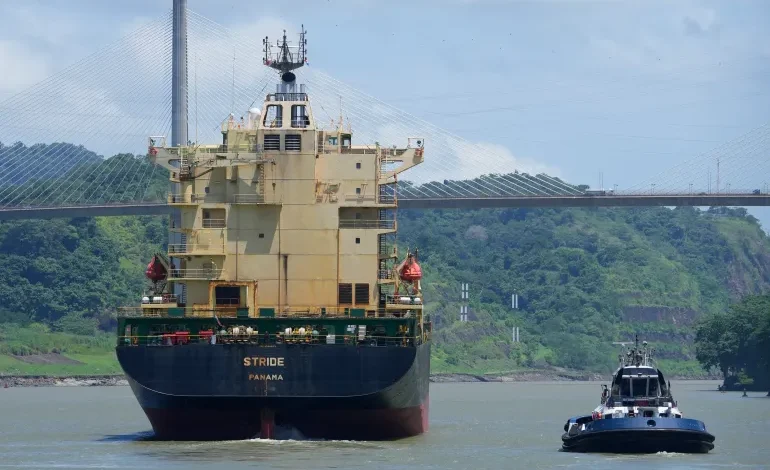
Belén Fernández
The Panama Canal is in dire straits.
A severe drought is impeding navigation of the United States-dominated trade artery that bisects the isthmus of Panama in Central America.
As of mid-August, more than 200 ships were stuck at the canal. On August 26, CNN warned that the situation is “not a good sign for supply chains – or your holiday shopping”.
To be sure, even before the onset of accelerated anthropogenic climate change, the Panama Canal was never enormously environmentally compatible. The construction of the waterway, which began as a French undertaking in the late 1800s before being appropriated by the US and completed in 1914, encapsulated the recklessness and hubris of man’s efforts to dominate nature.
Thousands upon thousands of workers perished in the quest to bend the earth to imperial will. But at least they enabled future “holiday shopping”.
As historian David McCullough notes in his book The Path Between the Seas, US President Theodore Roosevelt (1901-09) viewed the Panama Canal as “indispensable” to the “global destiny” of the United States. Roosevelt’s vision featured the US “as the commanding power on two oceans, and these joined by a canal built, owned, operated, policed, and fortified by his country”.To that end, the US acquired its very own de facto colony in the form of the Panama Canal Zone, over which it exercised unfettered rule from 1903 to 1979; it was not until 1999 that Panama assumed control over the canal itself, although the US remains the waterway’s primary user.
During the Cold War, the Canal Zone served as an invaluable base from which the US was able to wreak regional right-wing havoc under the guise of fighting communism. The notorious School of the Americas, established in the Canal Zone in 1946 and later relocated to the US state of Georgia, became the go-to institution for Latin American dictators, death squad leaders and torturers who quite literally made a killing off of toeing the US line.
My own family, as it so happens, had a hand in the colonial enterprise in Panama: My grandfather Col Joe Fernandez, born in Florida to Spanish-speaking parents, was appointed director of military intelligence for the US Southern Command in the Canal Zone in the 1970s. In that capacity, he used to attend meetings in a hillside bunker with impending dictator of Panama Manuel Noriega, a Cold War lackey who ultimately overestimated his own imperial utility.
The bunker is now sealed off but reportedly remains air-conditioned to this day, an appropriately tragicomic colonial legacy if there ever was one. Noriega, for his part, was overthrown by the US military and hauled off to Florida in 1990 to face drug trafficking charges – never mind the United States’ own lengthy history of involvement in the international drug trade or the fact that Noriega’s drug ties had not imperilled his decades of service as a CIA asset.The removal of Noriega entailed the pulverisation of the poor Panama City neighbourhood of El Chorillo along with many of its inhabitants, a spectacularly lethal show of firepower that the US charmingly dubbed Operation Just Cause. The area never fully recovered.I drove through El Chorillo in February 2023 with a friend of mine and my friend’s Canadian acquaintance who had lived in Panama City for 12 years, worked in the lucrative mining sector, and spoke no Spanish – a sort of caricature of the North American “expat” who descends on the Global South in a form of modern-day conquest.
This acquaintance resided in a luxury condo tower that is still referred to locally as “the Trump” despite being no longer affiliated with the former US president. Back in 2017, NBC News reported that The Trump Organization had licensed its name to the 70-storey monstrosity that was “riddled with ties to drug money and international organised crime”; In 2018, the Trump name was eliminated from the tower’s sign with a hammer and crowbar.
The Canadian had never entered El Chorillo, somehow convinced that non-residents of the neighbourhood were banned from visiting. Indeed, the dystopian contrast between the luxury buildings that saturate the Panama City skyline and the ground-level squalor that reigns in certain areas should be enough to convince any moderately ethical person that there are far graver concerns in Panama than the present pileup in the Panama Canal and potential “holiday shopping” complications in the US.
Meanwhile, the recent sentencing to 10 years in prison for money laundering of former right-wing Panamanian president and current 2024 presidential hopeful Ricardo Martinelli only serves to obscure the reality that his is not isolated criminality and that capitalism is itself one big money laundering operation.
I had returned to Panama in February just in time for the release of the septuagenarian Martinelli’s single Yo Soy El Guru (I am the Guru), a collaboration with the Panamanian rapper DJ Black and various scantily-clad women in a boat off of Panama City.
It was doomsday-level absurdity and constituted a sufficiently disturbing juxtaposition to my subsequent excursion to the Panamanian province of Darien, where I spoke with refugees who had just risked their lives to traverse the stretch of jungle known as the Darien Gap as they headed north in the hopes of eventually reaching the US.
Young children from Venezuela told me of encountering the cadavers of other refugees in the jungle – a morbid wakeup call, perhaps, as to the negligible value assigned to their lives by the powers that be.
Of course, the US has more than a little to do with making many people refugees in the first place with its penchant for political and economic meddling in the hemisphere and beyond. The US is also a driving force behind the regional militarisation and border fortification schemes that ensure that deadly dangers continue unabated even after refugees exit the Darien Gap.
As of July, a record 250,000 migrants and asylum seekers had made the jungle crossing this year, already surpassing the total for 2022.
And with the Panama Canal now threatening to dry up, the country is playing host to an intersection of the global climate crisis, the global refugee crisis and the inequalities of a global economic model of exploitation championed by the US.It remains to be seen whether Panama is a microcosm of capitalist self-combustion. But for the moment, at least, the potential climate-related demise of a canal that never should have been constructed seems an apt metaphor for an entire system that never should have been.
